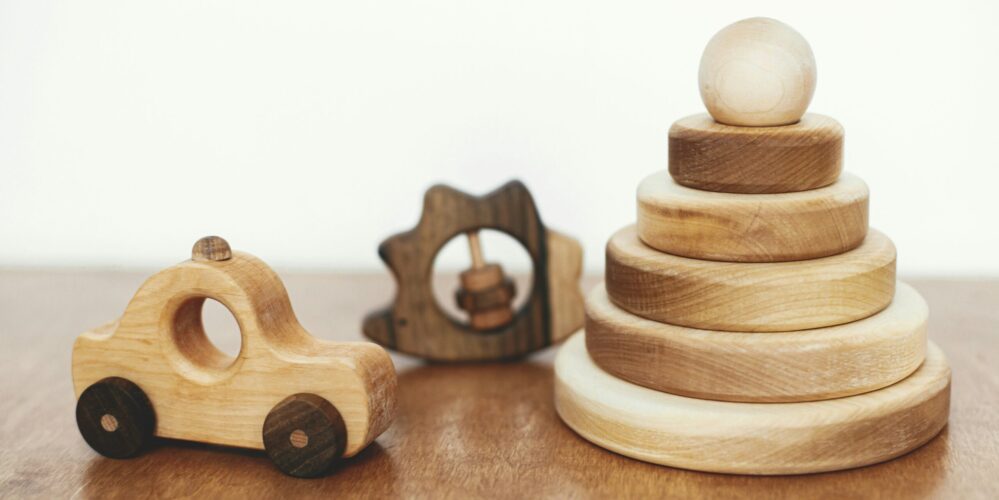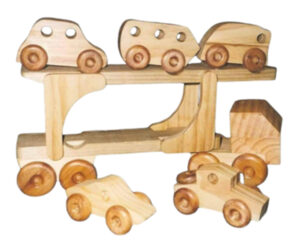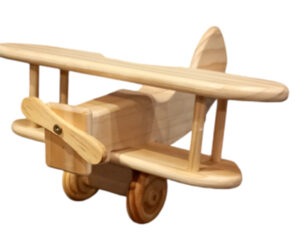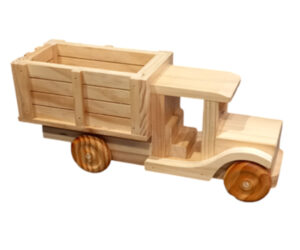Why We Love Wooden Toys for Children

In today’s world of flashing lights, gadgets, and plastic playthings, wooden toys might look simple—but don’t let their appearance fool you. These timeless classics offer powerful developmental benefits that support children’s learning, imagination, and wellbeing. Parents and educators alike are rediscovering the beauty of slowing down play with resources that truly put tamariki at the centre.
The Timeless Appeal of Wooden Toys
Wooden toys have been loved for generations. Their simplicity sparks imagination instead of overstimulation. A set of wooden blocks can be a castle today, a bridge tomorrow, and a rocket ship the next. Unlike many plastic toys that “do the playing” with sounds and buttons, wooden toys encourage tamariki to create their own stories, rules, and worlds.
This kind of open-ended play develops problem-solving, role play, and creative thinking—all essential parts of early development.
The Benefits of Wooden Toys for Learning Through Play
Play is how children learn best, and wooden toys are especially powerful because they are tactile, sturdy, and versatile.
✨ Research backs this up:
- Studies highlight that open-ended materials like blocks and natural resources foster higher levels of creativity, problem-solving, and social interaction (Fisher, 2013; Weisberg et al., 2015).
- The American Academy of Pediatrics (2019) recommends simple toys that encourage imagination and parent–child interaction over complex, electronic ones.
Key benefits include:
- Durability: Built to last for years, wooden toys are sustainable and more economical long term.
- Fine Motor Skills: Stacking, building, and fitting puzzle pieces strengthen hand-eye coordination and dexterity.
- Focus & Patience: Simpler toys often require persistence and concentration, nurturing resilience and curiosity.
- Eco-Friendly: Toys made from sustainable wood are kinder to our environment than mass-produced plastic.
Wooden vs. Plastic Toys: What’s the Difference?
Plastic toys often come with fixed outcomes—press a button, hear a sound. While fun at times, this can limit imaginative play. Wooden toys, however, don’t dictate how they should be used. Instead, they invite tamariki to lead the play, inventing their own outcomes and exploring their creativity.
Of course, plastic toys can still be useful—especially for teaching cause-and-effect or providing sensory feedback—but when it comes to nurturing imagination, independent thinking, and problem-solving, wooden toys take the lead.
Why We Love Them
Wooden toys are about more than just play. They are beautiful in their simplicity, built to last, and encourage tamariki to slow down and explore. In a fast-paced, noisy world, they offer a balance—allowing children to take charge of their own play and learning.
This approach connects closely with the Exploration strand of Te Whāriki, which highlights that “playing with open-ended toys develops working theories about the physical and material world and problem-solving skills.”
Local Handcrafted Wooden Toys in Nelson & Marlborough
We’re lucky to have an amazing local supplier right here in our community! Owen and Colleen from Handcrafted Wooden Toys create high-quality, affordable wooden toys that children love. Their wide selection includes blocks, puzzles, vehicles, and more.
👉 Explore their collection here: Handcrafted Wooden Toys – Nelson/Marlborough
Final Thought
Wooden toys remind us that sometimes the simplest things bring the most joy—and the most meaningful learning. By choosing them, we’re giving tamariki the chance to grow curious minds, creative spirits, and strong working theories of the world around them.


